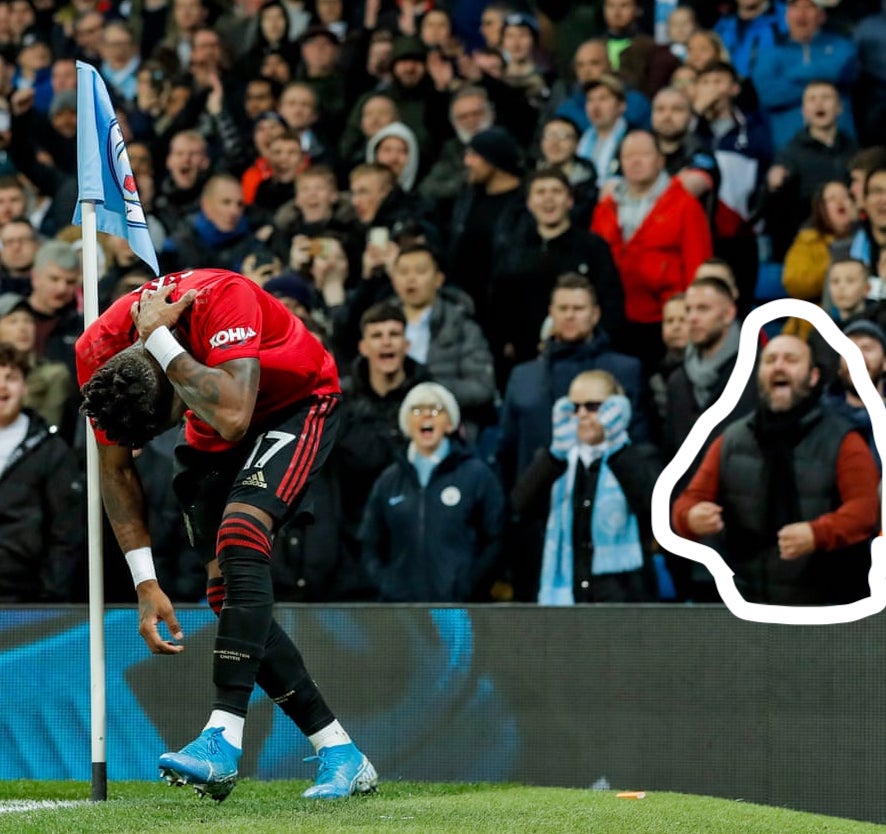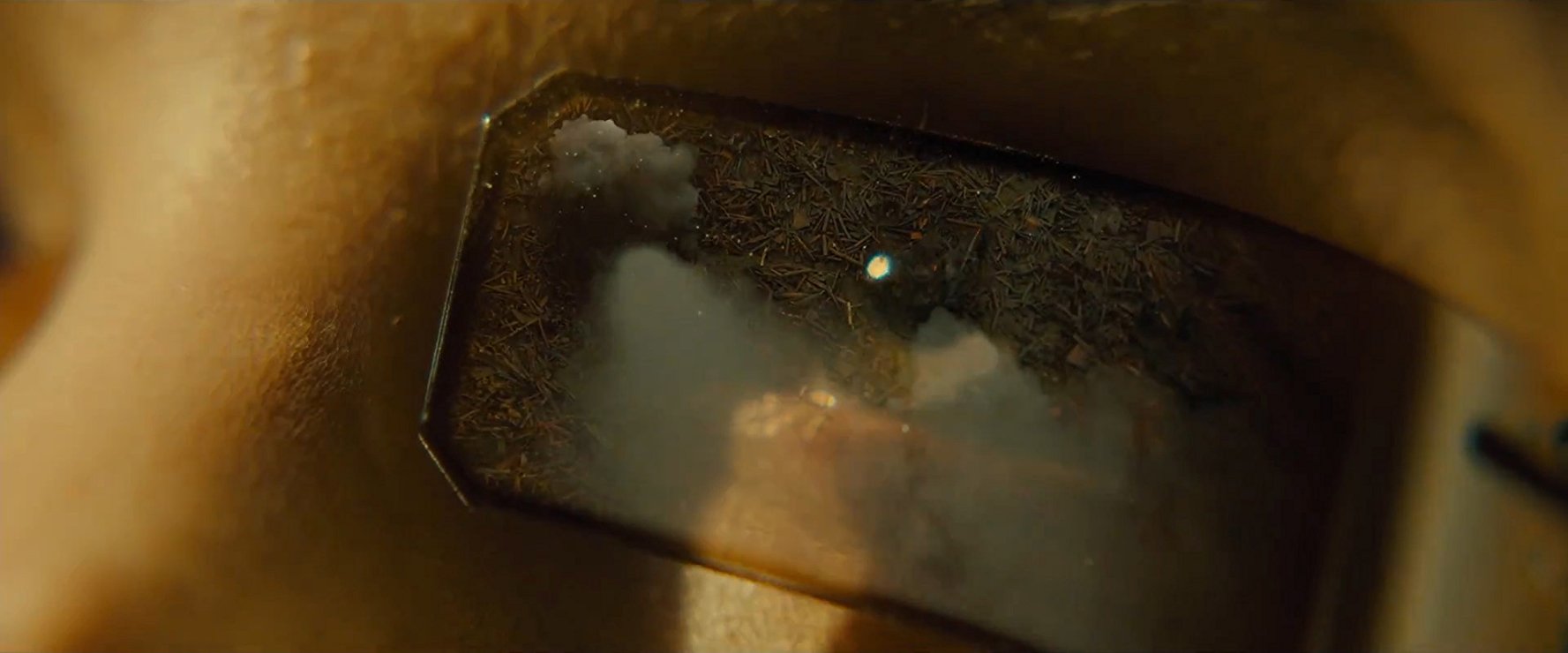Category: whiteness
-

Whiteness, Visuality and the Virus
The corona virus was supposed to be the great equalizer, a leveler of the divides of race, class and gender. Instead, the invisible pathogen has not only made existing inequalities palpably visible, it has weaponized them. In one week in April, the virus has become racialized.
-

Etihad Man
What does white nationalism look like today? It looks like Etihad Man. A 41 year old ex-soldier in Northern Ireland turned civil engineering manager, whose idea of entertainment is physical and verbal racialized violence at the Etihad football (soccer) stadium in Manchester. He embodies how Thatcherism’s Great Moving Right Show turned into Brexit. On Saturday,…
-

The Misogynist Aesthetics of Visuality
“All hitherto existing visuality becomes aesthetic by being misogynist.” This is the necessary update to my earlier claim that “the right to look ….is very much a feminist project.” Visuality is “masculine” or heroic because it is misogynist. It is that misogyny that enables its claim to legitimacy, that is, to make and embody law.…